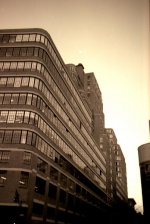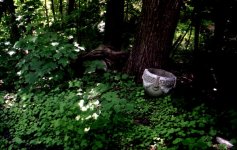john_van_v
Well-known
This is my only 35mm m39, and I have taken nice pictures with it, but they are hazy. M39 wide angles are in short supply, and hence expensive.
Is this lens easily dismantled, and is the glass fixable?
Below are equivalent shots taken with this Elmar followed by Jupiter-8 (first) and the Elmar. You probably need to see them bigger, but the difference is visible in the paint on the tower. As you can see it was seriously overcast, and you can't tell, but I was pointed North (in the Northern Hemisphere, just to be accurate 😉 )
The 35mm is vastly better than the 50mm compositionally, and the haze adds effect, but still...



Is this lens easily dismantled, and is the glass fixable?
Below are equivalent shots taken with this Elmar followed by Jupiter-8 (first) and the Elmar. You probably need to see them bigger, but the difference is visible in the paint on the tower. As you can see it was seriously overcast, and you can't tell, but I was pointed North (in the Northern Hemisphere, just to be accurate 😉 )
The 35mm is vastly better than the 50mm compositionally, and the haze adds effect, but still...





